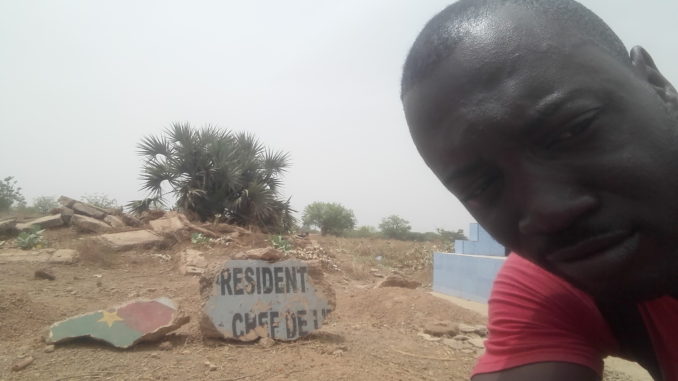
Leaving Niamey, Niger
I embarked on a 5-hour trip to Niamey, the capital city from Birni-Koni. Arriving Niamey at night, Okezie, who was a fellow passenger in the bus I travelled with offered me accommodation for the evening. He was kind enough to also take me round the city the next day and saw me off to the bus park to Burkina Faso.
Niamey was great. I went to several places of importance – the House of Assembly, the popular market and the Igbo community in the capital. There were lots to see and do but my mind was set at Burkina Faso.
Buses from Niamey to Ouagadougou in Burkina Faso leaves at different schedules. The company I was to travel with departs at exactly 4am in the morning hence boarding started around 3am that morning.
Purchasing tickets in most of these Francophone countries requires one to provide a valid source of identification before the purchase. As much as I know, most companies in Nigeria do not really worry about identification before sales of tickets. In any case, we set out on our trip to Ouagadougou that morning at exactly 4am. It was a very long journey as we arrived Ouagadougou that evening around 5pm.
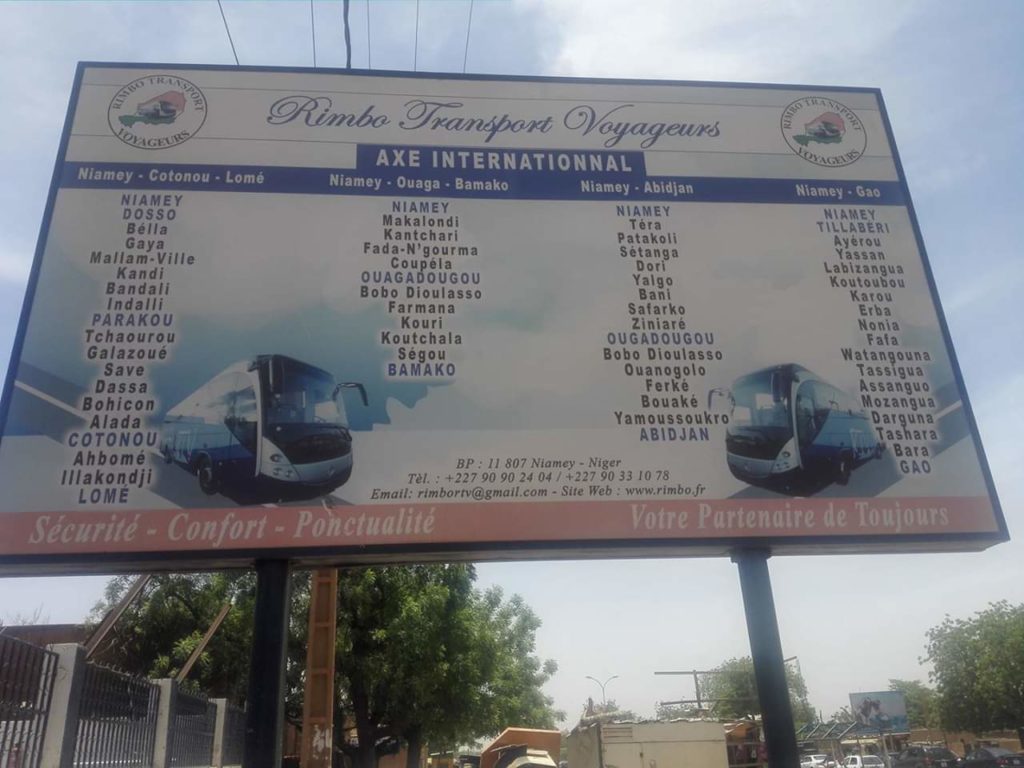
Ouaga, as the city is fondly called was a bit livelier than Niamey. Somehow, this city happens to be the capital of the Follywood, which simply means center for creating Francophonie movies. It is all in attempt to mimic Hollywood which produces films in the US, or Bollywood in India, same with Nollywood in Nigeria or Ghollywood in Ghana. The people were nice and friendly. As my tradition had always been, I went to relax in a cafeteria with a plate of rice and fish before calling Uncle Boro, who happens to be an uncle to my very good friend Bintou Boro to notify him I had arrived and for him to eventually pick me up to his house, form where I would be going for a city tour the next morning – Bintou had arranged all these beforehand.
My experience at the Boros was a very nice one. I was treated like a king that evening. From varieties of fruits to different types of food that I have not eaten before. After that brief welcome, uncle Boro now took me out in his car that evening. He wanted to show me what night life looks like in Ouaga and also make sure I have a rewarding experience in the city. He told several stories about different places and of himself as well. He at the time headed a post office branch in the town. He told me how the city has developed over the years – he was well over 50 years of age and he had quite a lot to share about the city – I will not bore you with much of the details.
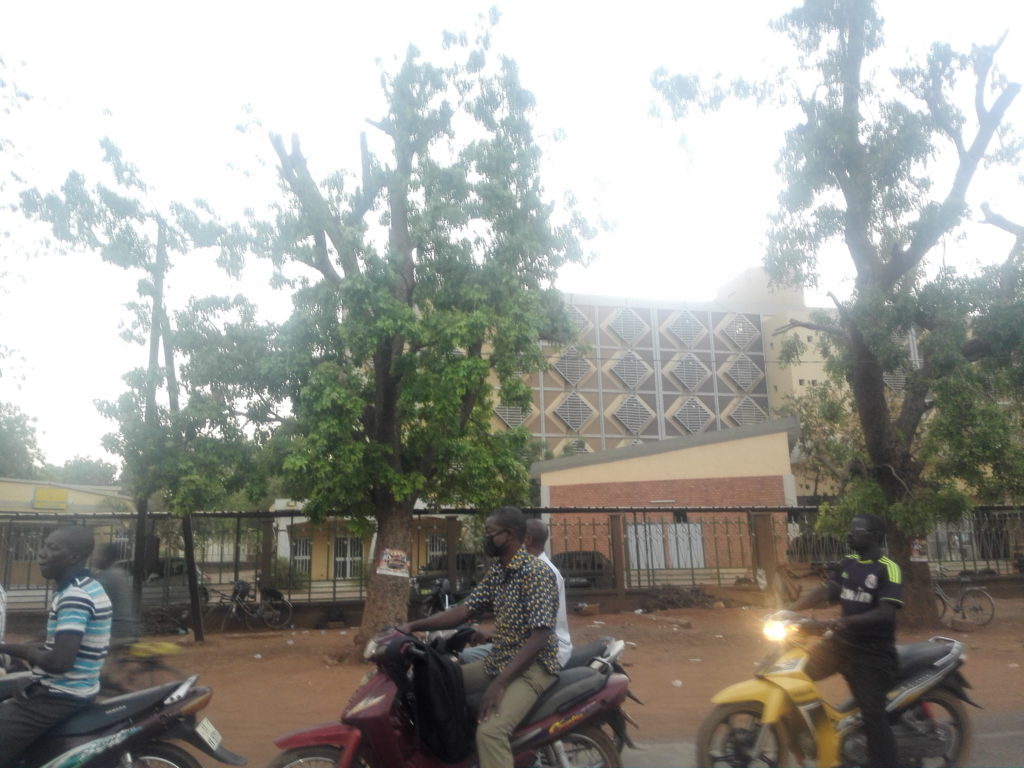
One of the things I noticed that evening was that was the number of students who were reading outside under the street lights in the city. For me, I wondered if they were reading or just doing something else that I am not sure of. When Uncle noticed the way I was steering at the students under the lights…he said to me, “Ils profitent de les lampadaires pour ses etudes.” That was to say that they were using the street light to study. Incredible! I somehow got to appreciate the fact they spotted that opportunity and did not just allow it to go! But I pitied the level of poverty and backwardness. We had some drinks and chicken before we went back home.
The next day was the big day! The reason why I was visiting Burkina Faso the second time. Visiting Thomas Sankara’s Tomb. Thomas Sankara is one African I respect so much that I promised myself I must visit – his tomb. Uncle Boro still came to the rescue. The mission that morning was to see some places in the City and also wrap up the tour at the Tomb, where one of the greatest Africans was resting. Uncle Boro took me round the city. This part of the city was much more developed that the one I stayed at when I arrived the previous day. He showed me places of interest which as at that time I was not interested as all my focus was on getting to where my hero Thomas Sankara was resting. He even showed me a ‘Quartier” (a large developed area like an estate that has the basic things of life like hospitals, markets, post offices, a police post etc) that he built and the one he was planning to build before his assassination. He was full of praise for him and I concurred.
After around an hour or so of sight-seeing on his motor bike in the city, he headed to the cemetery where the remains of a great African was resting. I was excited when I noticed we were approaching the climax of the whole thing. He was stopped by one of the security officers at the cemetery to whom he explained our mission and he let us go without further questioning. To my greatest surprise on arrival, I was informed that his corps had been exhumed earlier and sent to Germany for autopsy. Well, well, Uncle Boro had told me this earlier but I was not listening. Well, I stood there shook my head and felt good somehow that I have arrived my destination. I did a few selfies with some of the remaining grave stones in his tomb and I also went round to see some of his “privileged neighbors” at the graveyard. His neighbors here are those who were buried close to him – what a privilege I said to myself, to be buried close to one of the greatest Africans that ever lived.
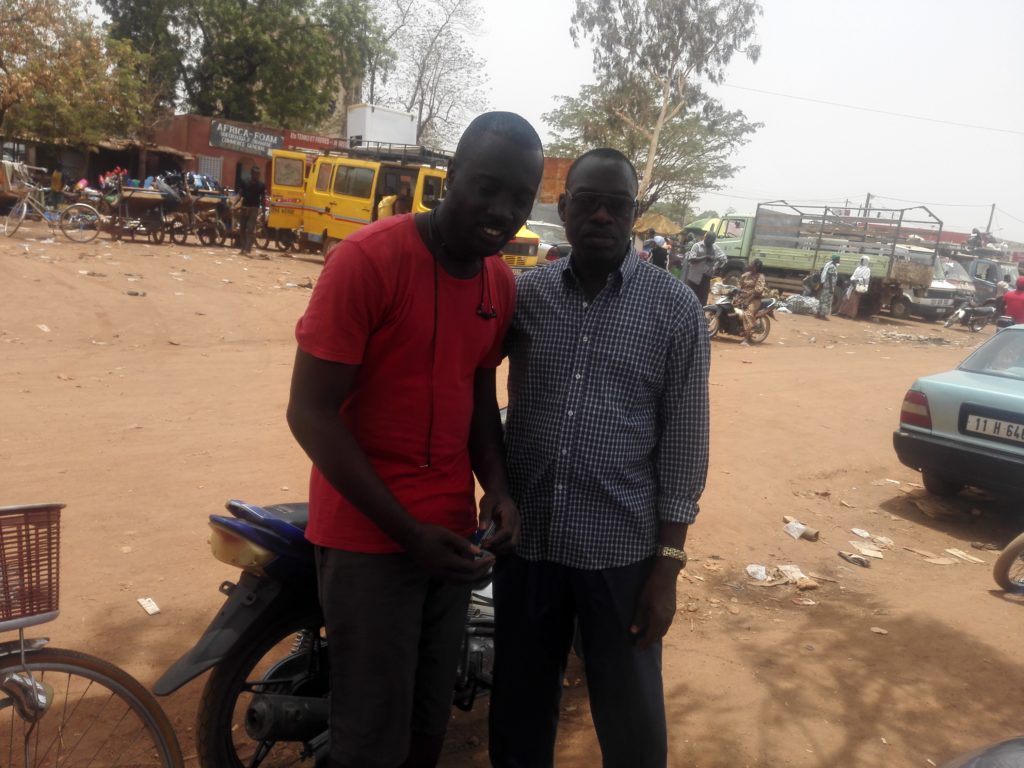
Uncle Boro took me round the town before taking me to the bus park where I eventually got a vehicle that was headed to Paga, the border town with Ghana from where I will continue back to Lagos.
Thomas Sankara
Thomas Isidore Noël Sankara, a Burkinabe military captain, Pan-Africanist theorist, and President of Burkina Faso from 1983 to 1987. He was strongly influenced by the works of Karl Max and Engels Lenin. He was a military officer, a musician, lover of sports, a father, respected women’s right.
He was born into a Roman Catholic family of 10 and he was the third child of his parents. He was very good at Mathematics and French and commenced his military career at 16. According to Africa-Facts.org, he was able to do some of these things during his four years of being in power in Burkina Faso.
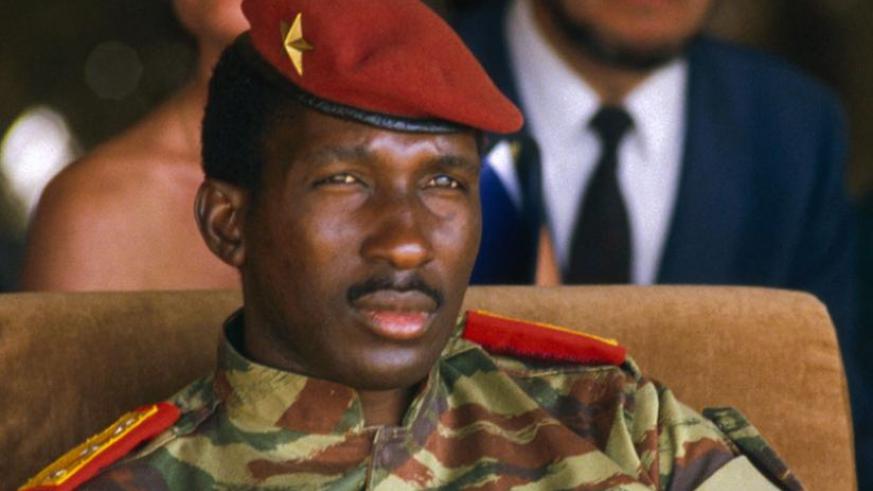
- He vaccinated 2.5 million children against meningitis, yellow fever and measles in a matter of weeks.
- He initiated a nation-wide literacy campaign, increasing the literacy rate from 13% in 1983 to 73% in 1987.
- He planted over 10 million trees to prevent desertification
- He built roads and a railway to tie the nation together, without foreign aid
- He appointed females to high governmental positions, encouraged them to work, recruited them into the military, and granted pregnancy leave during education.
- He outlawed female genital mutilation, forced marriages and polygamy in support of Women’s rights
- He sold off the government fleet of Mercedes cars and made the Renault 5 (the cheapest car sold in Burkina Faso at that time) the official service car of the ministers.
- He reduced the salaries of all public servants, including his own, and forbade the use of government chauffeurs and 1st class airline tickets.
- He redistributed land from the feudal landlords and gave it directly to the peasants. Wheat production rose in three years from 1700 kg per hectare to 3800 kg per hectare, making the country food self-sufficient.
- He opposed foreign aid, saying that “he who feeds you, controls you.”
- He spoke in forums like the Organization of African Unity against continued neo-colonialist penetration of Africa through Western trade and finance. He called for a united front of African nations to repudiate their foreign debt. He argued that the poor and exploited did not have an obligation to repay money to the rich and exploiting
- In Ouagadougou, Sankara converted the army’s provisioning store into a state-owned supermarket open to everyone (the first supermarket in the country). • He forced civil servants to pay one month’s salary to public projects.
- He refused to use the air conditioning in his office on the grounds that such luxury was not available to anyone but a handful of Burkinabes.
- As President, he lowered his salary to $450 a month and limited his possessions to a car, four bikes, three guitars, a fridge and a broken freezer.
- A motorcyclist himself, he formed an all-women motorcycle personal guard.
- He required public servants to wear a traditional tunic, woven from Burkinabe cotton and sewn by Burkinabe craftsmen. (The reason being to rely upon local industry and identity rather than foreign industry and identity)
- When asked why he didn’t want his portrait hung in public places, as was the norm for other African leaders, Sankara replied “There are seven million Thomas Sankaras.”
- An accomplished guitarist, he wrote the new national anthem himself
Sankara seized power in a 1983 popularly supported coup at the age of 33, with the goal of eliminating corruption and the dominance of the former French colonial power. He immediately launched one of the most ambitious programmes for social and economic change ever attempted on the African continent. To symbolize this new autonomy and rebirth, he renamed the country from Upper Volta to Burkina Faso (“Land of Upright Man”). His foreign policies were centered on anti-imperialism, with his government eschewing all foreign aid, pushing for odious debt reduction, nationalizing all land and mineral wealth, and averting the power and influence of the International Monetary Fund (IMF) and World Bank.
His domestic policies were focused on preventing famine with agrarian self-sufficiency and land reform, prioritizing education with a nationwide literacy campaign, and promoting public health by vaccinating 2.5 million children against meningitis, yellow fever, and measles. Other components of his national agenda included planting over ten million trees to halt the growing desertification of the Sahel, doubling wheat production by redistributing land from feudal landlords to peasants, suspending rural poll taxes and domestic rents, and establishing an ambitious road and rail construction program to “tie the nation together”. On the localized level Sankara also called on every village to build a medical dispensary and had over 350 communities construct schools with their own labour.
Moreover, his commitment to women’s rights led him to outlaw female genital mutilation, forced marriages and polygamy, while appointing women to high governmental positions and encouraging them to work outside the home and stay in school even if pregnant.
On October 15, 1987, Sankara was killed by an armed group with twelve other officials in a coup d’état organised by his former colleague Blaise Compaoré. Deterioration in relations with neighbouring countries was one of the reasons given, with Compaoré stating that Sankara jeopardised foreign relations with former colonial power France and neighbouring Ivory Coast.
Sankara’s body was dismembered and he was quickly buried, while his widow Mariam and two children fled the nation. Compaoré immediately reversed the nationalizations, overturned nearly all of Sankara’s policies, rejoined the International Monetary Fund and World Bank to bring in “desperately needed” funds to restore the “shattered” economy, and ultimately spurned most of Sankara’s legacy. Compaoré’s dictatorship remained in power for 27 years until overthrown by popular protests in 2014.
Today, we remember him and what he stood for. We remember him and the dreams he had for Africa. He is an accomplished writer with the following books to his credit:
- Thomas Sankara Speaks: The Burkina Faso Revolution
- We Are the Heirs of the World’s Revolutions: Speeches from the Burkina Faso Revolution
- Women’s Liberation and the African Freedom Struggle

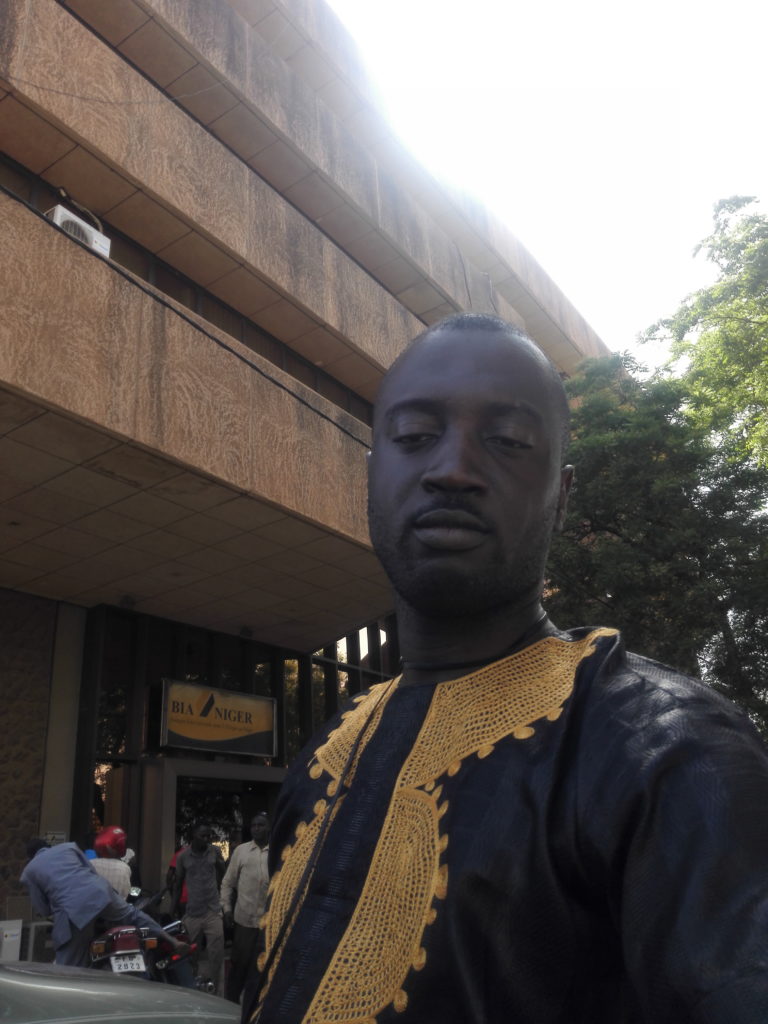
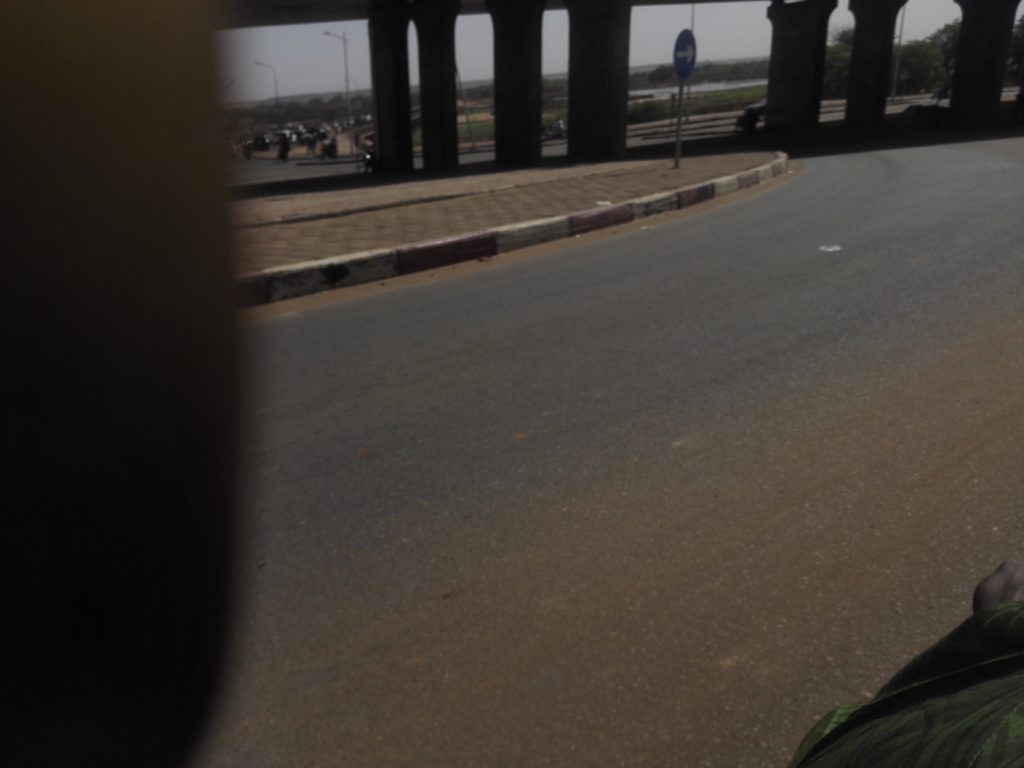

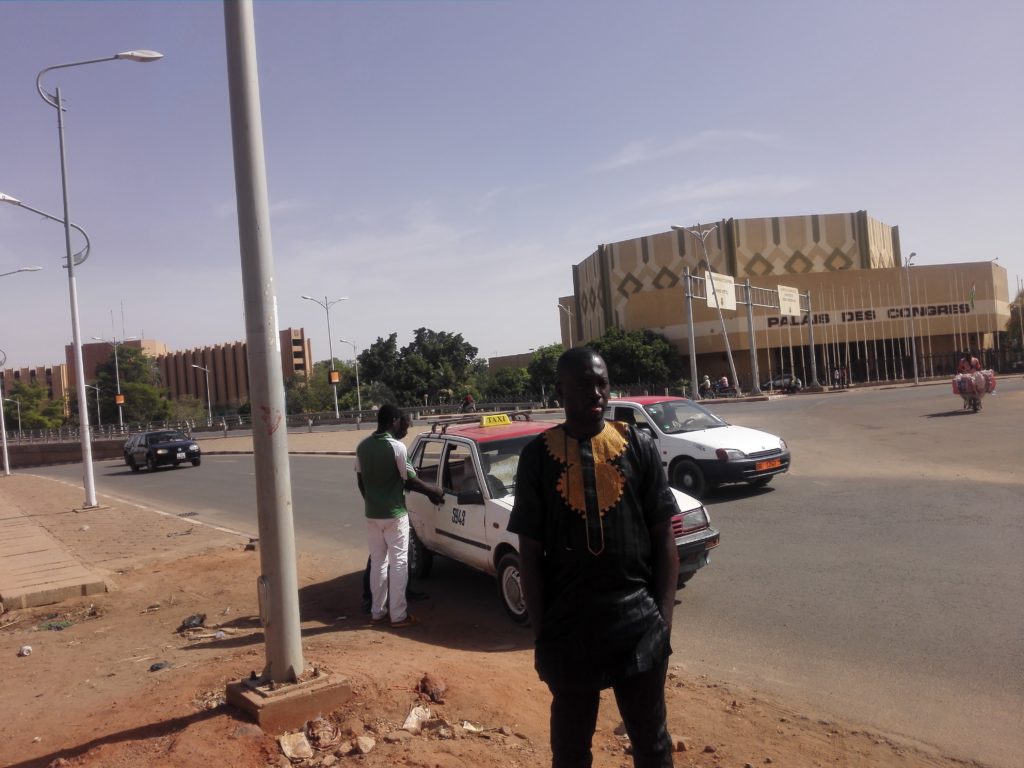
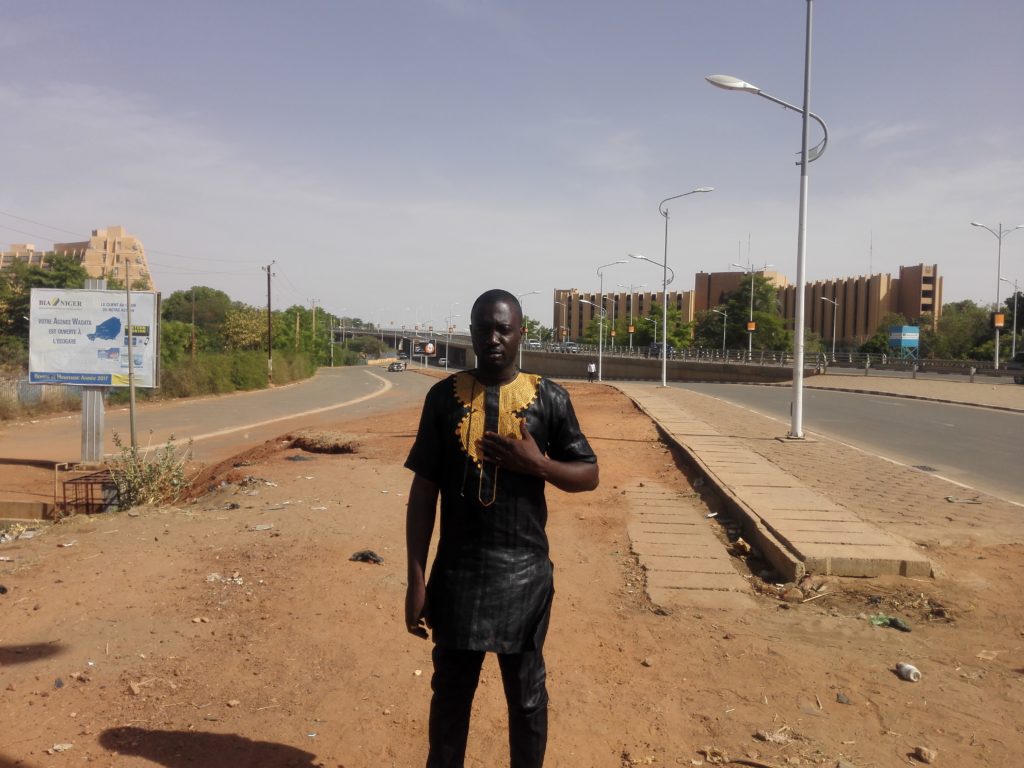
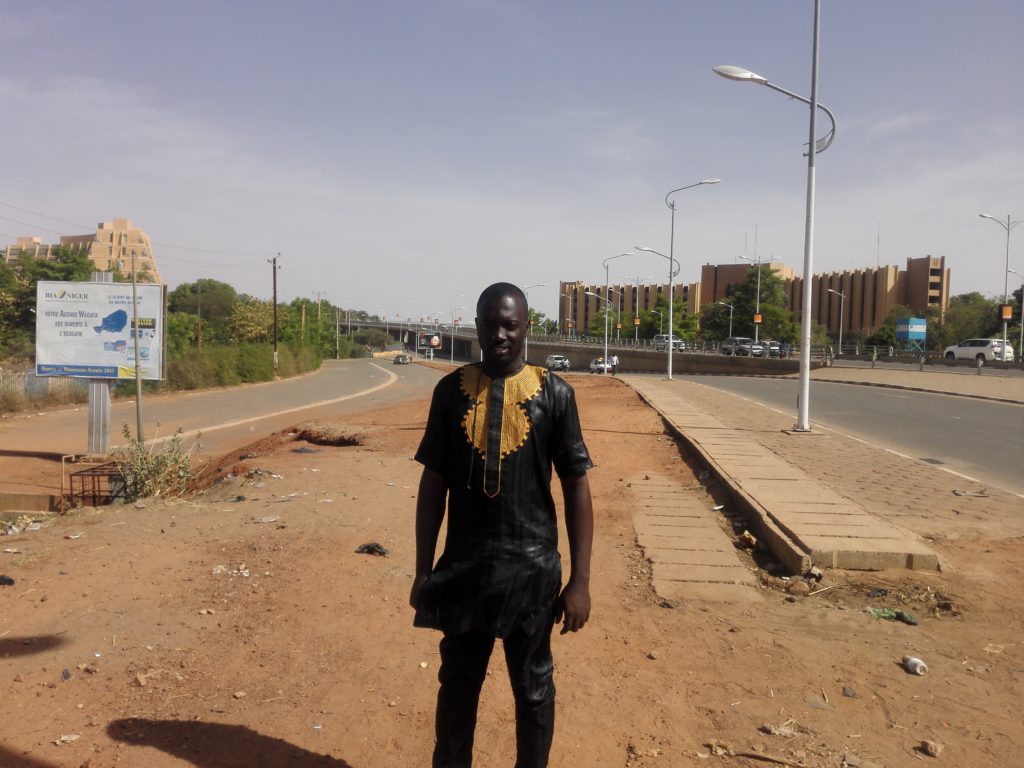
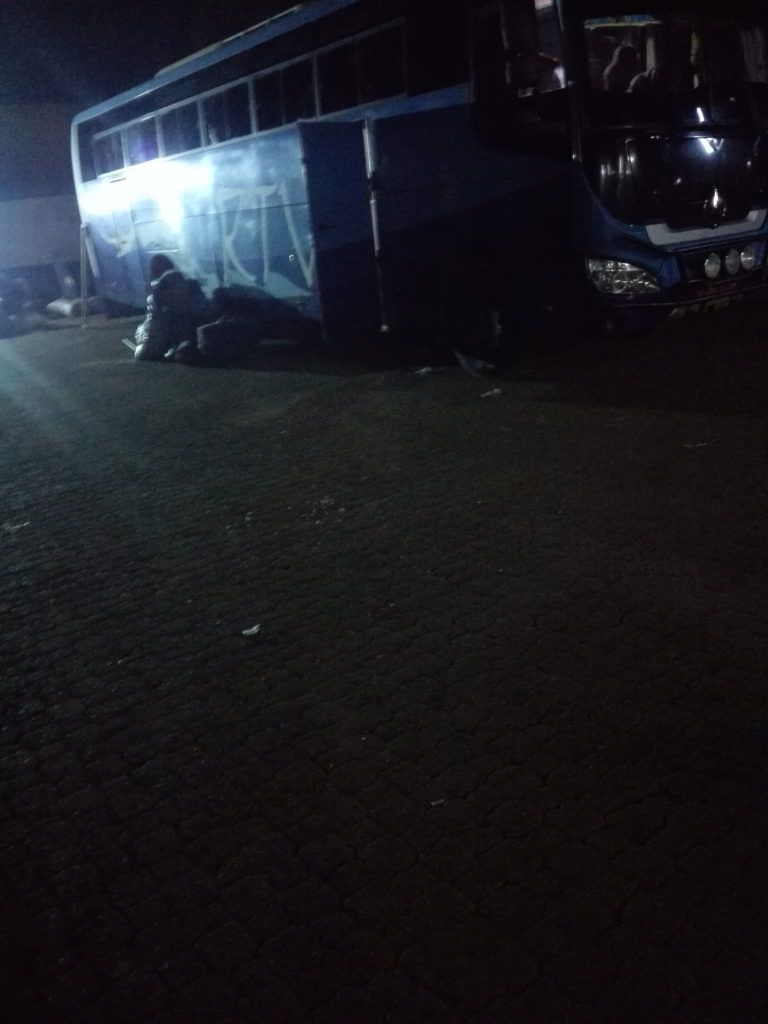
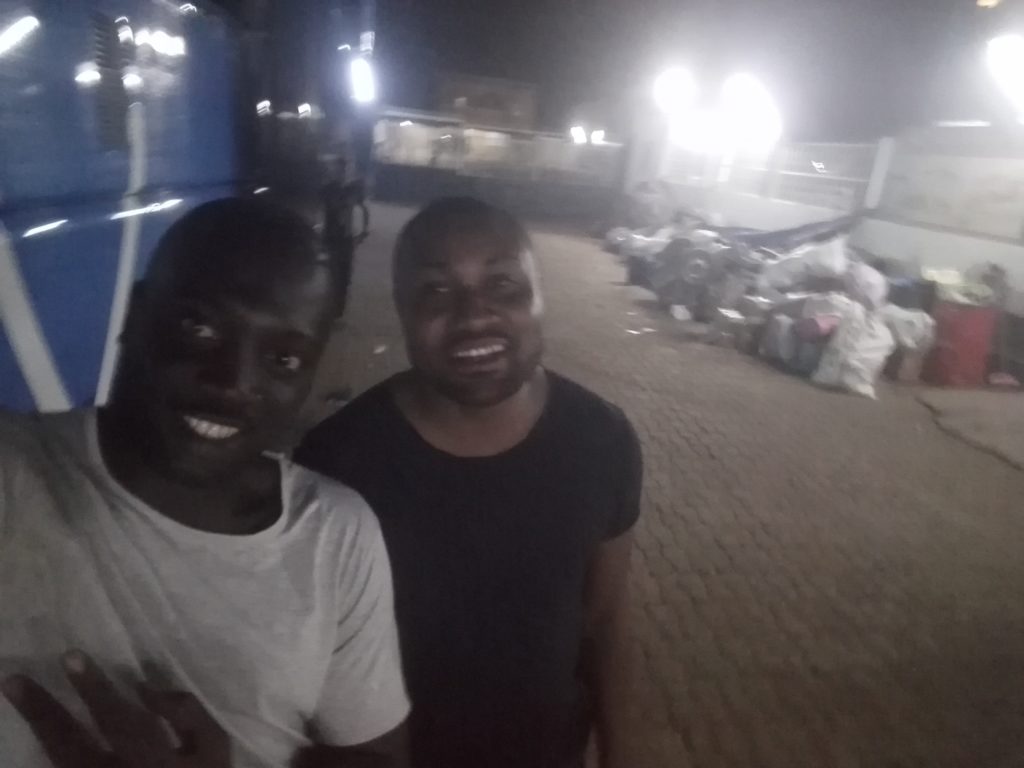
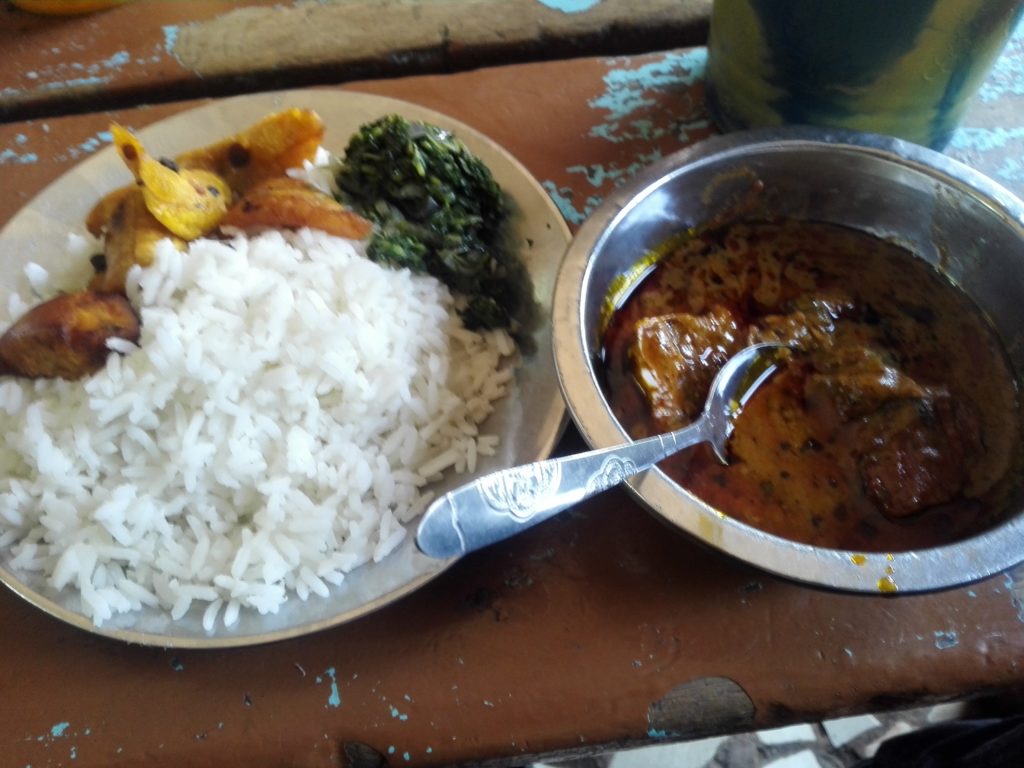
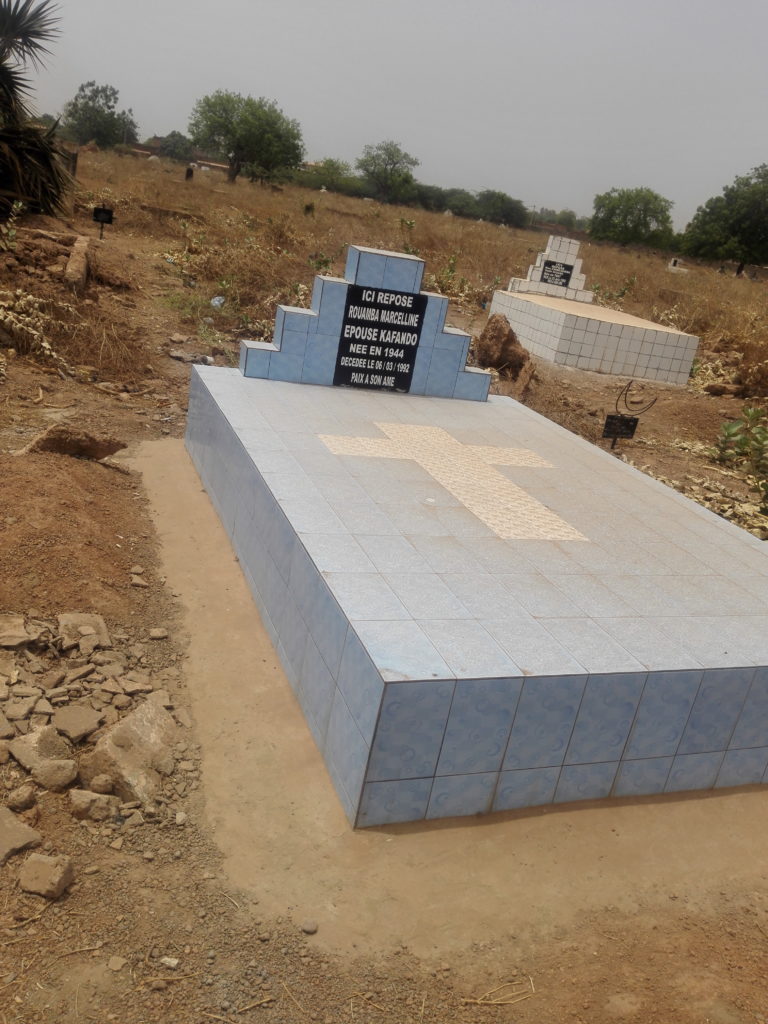
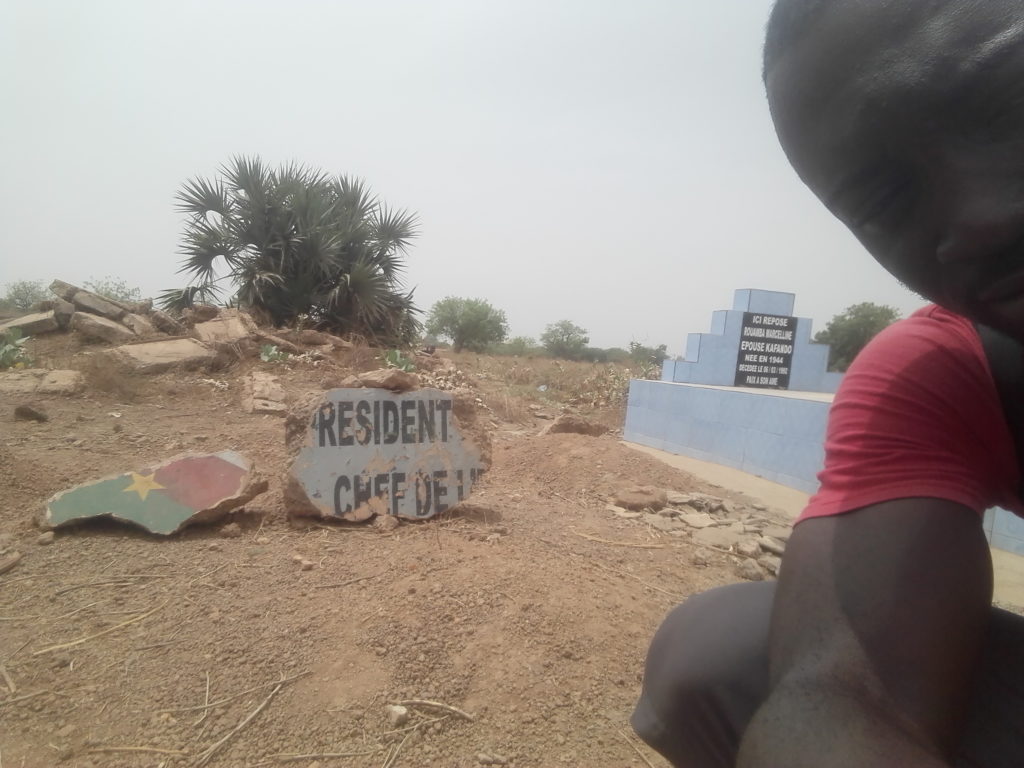
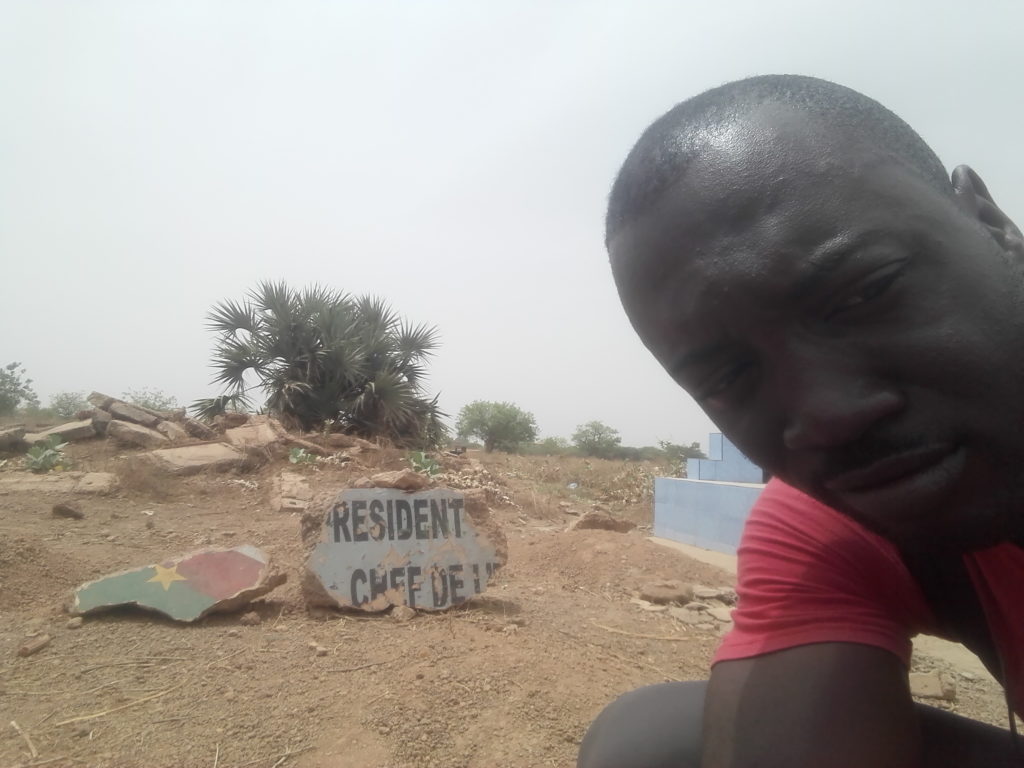
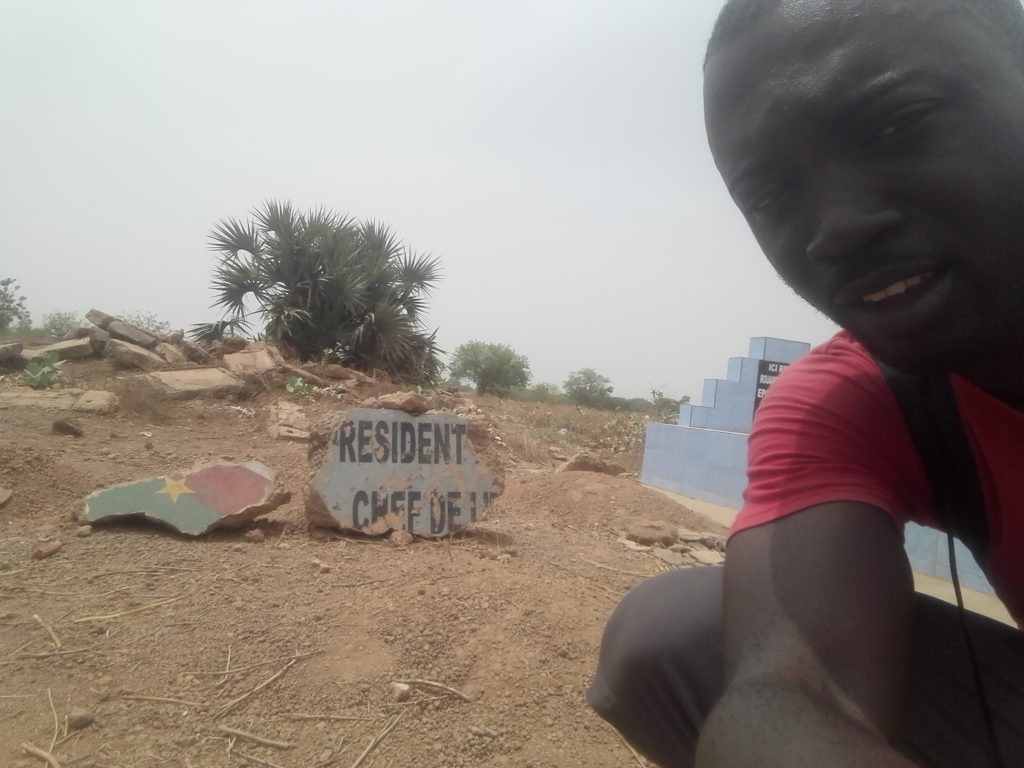
1 Trackback / Pingback